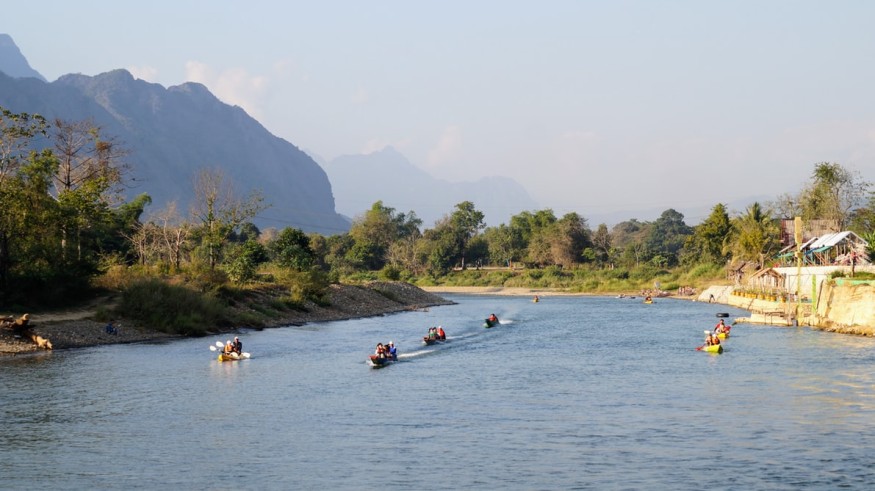
Mekong river is Southeast Asia's largest river, measuring up to 4,800 kilometers and bridging the countries of Myanmar, China, Cambodia, Thailand, Laos, and Vietnam up to the Tibetan plateau. The Mekong river is an important body of water as it provides livelihood to the people of these countries at the same time, its 800,000 square kilometer river basin is home to different species of plants and animals.
However, due to widescale human activity such as dam construction, the Mekong river is slowly becoming one of the most vulnerable river deltas on the planet. Aside from dam construction, salt mining within the main distributary channels of the Mekong river contribute to its degradation specifically riverbank and coastal erosion.
The sand harvested from the Mekong River is a valuable resource: it is used in global construction. In a new study led by scientists from the University of Southampton, it is discovered that sand mining is the primary cause of the instability of the riverbanks along the Mekong river and the likelihood of collapse and damaging infrastructure and livelihood increased.
In this study published in Nature Sustainability, researchers focused on the part of the Mekong river in Cambodia as it is one of the world's major sand-bedded rivers. According to Dr. Chris Hackney, a postdoctoral researcher at the University of Southampton and the Energy and Environment Institute of the University of Hull, as countries undergo industrialization and rapid population growth, the production of concrete had increased exponentially as well as the demands for sand -- much so that sand is the second most-consumed resource on the planet next to water. This study was done as a part of a NERC-funded initiative under the leadership of Professor Stephen Darby and one of the main goals is to analyze the impact of climate change on the fluctuation of sediment through the river.
Professor Darby explains that the sand used in the production of concrete usually comes from the big sand-bedded rivers like the Mekong river. Concerns about the effects of sand mining in the river have been circulating for ages and the team aims to provide a comprehensive and rigorous estimate of the rate at which sand is removed from the river and also how this compares to the natural replenishment process of the river. The study also aims to identify the dire effects of unsustainable sand mining on river banks.
The team used sonar surveys to be able to measure the amount of sand transported through the Mekong river either through its water column or on the river bed. Through sonar surveys, it is also revealed how much sand is being taken: it showed big holes that are 42 meters in length and 8 meters deep. The researchers compared the natural sand transport rates to the estimated amount of sand extracted and they theorized that the rate in which sand is extracted from the river is between 5 and 9 times more than the rate in which the sand is replenished by the river's natural processes. The team also used a Terrestrial Laser Scanner to analyze how low can the river bed go before it increases the risk of riverbank collapse. "Our research showed that it only takes two meters of lowering of the river bed to cause many of the river banks along the Mekong to collapse, but we have seen that dredging pits can often exceed eight meters in-depth," Dr. Julian Leylan, who conducted the TLS survey, explained. "It is clear that excessive sand mining is responsible for increased rates of bank erosion that local communities have been reporting for years."
The scientists warn that without the proper regulation, this excessive sand mining will have increasing environmental as well as social consequences.
© 2025 ScienceTimes.com All rights reserved. Do not reproduce without permission. The window to the world of Science Times.












